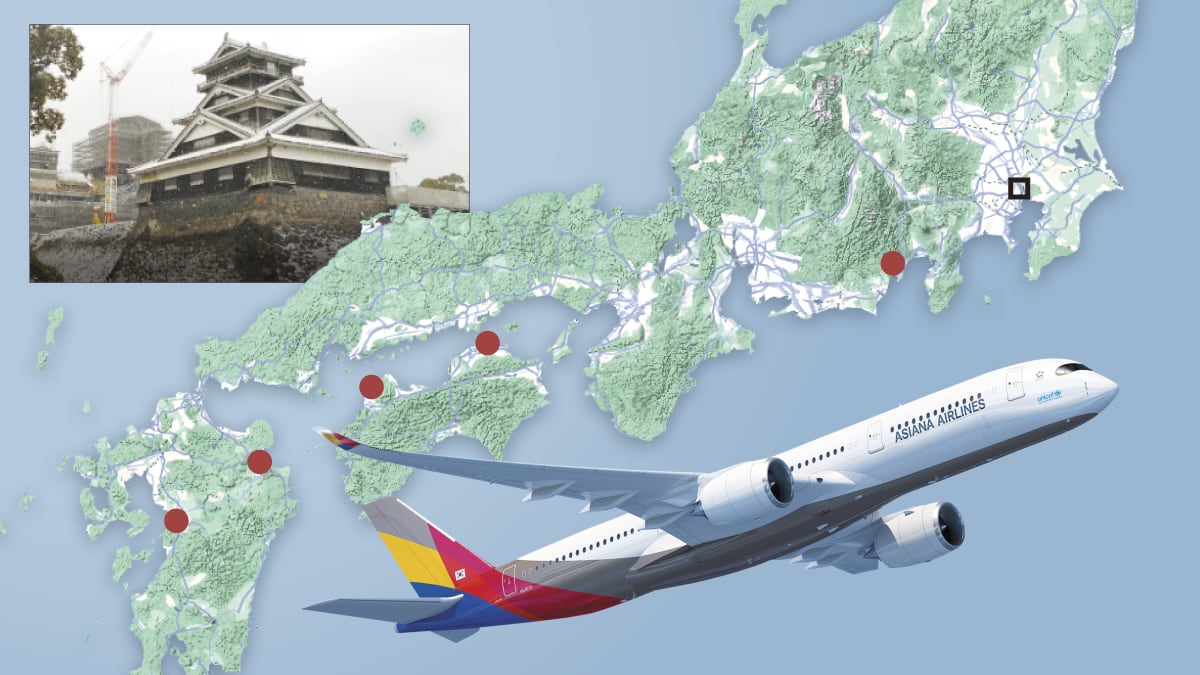
Kang Jae-hyun (28), residing in Mapo-gu, Seoul, recently embarked on a four-day journey to Japan accompanied by a companion. Rather than venturing into well-known destinations such as Tokyo or Osaka, they opted for less frequented locales—Toyama and Kanazawa—in north-central Japan, two smaller urban areas each home to approximately 400,000 inhabitants. "The major Japanese cities tend to be brimming with South Koreans," commented Kang. "What I desired was a more tranquil setting where I could fully immerse myself in the local ambiance."
In the previous year, approximately 29 million South Korean citizens embarked on international trips. Many of these travelers are now leaning towards exploring unfamiliar places that remain relatively undiscovered by mainstream tourism. In response to this trend, airlines have initiated flights to smaller, lesser-visited urban areas aimed at attracting such adventurous tourists. As competition among various air carriers intensifies, gaining an early foothold in emerging but potentially lucrative route markets has turned into a crucial strategy for success.
Japanese smaller urban areas exemplify this pattern well. Data from the aviation sector reveals that out of 19 municipalities in Japan which experienced growth in air travel volume over the past year relative to pre-pandemic levels in 2019, as many as thirteen have populations below one million.
In 2019, Miyako Island (Miyakojima), which is part of the Okinawa Prefecture, saw only six flights originating from South Korea, as reported by the Incheon International Airport Corporation on April 3rd. However, last year, this figure skyrocketed to 308 flights, marking over a fiftyfold growth. As for the first quarter of this year, between January and March, there were already 128 flights operating on this route.
Likewise, Matsuyama, a city with approximately 510,000 inhabitants in Japan’s Shikoku region, experienced an increase in its flight numbers from 376 in 2019 to 1,074 in the previous year.
Eastar Jet was the inaugural South Korean airline to launch services to Tokushima, a Japanese city home to around 250,000 people situated in eastern Shikoku. During the initial quarter of this year, the service saw 82 flights operate between them, achieving seat occupancies of 74% in January and peaking at 91% in February. "A majority of Koreans aren’t familiar with Tokushima," noted an Eastar representative. "However, the robust interest indicates that tourists are seeking out distinctive locations."
According to data provided by Kyowon Tour, bookings for small Japanese cities made up 22.5% of total reservations destined for Japan during the first quarter of this year.
This trend isn’t limited to Japan; smaller cities across Southeast and Central Asia are seeing increased interest as well. Starting in May, T'way Air plans to introduce a new service to Tashkent, which serves as the capital of Uzbekistan. Historically, travel to Uzbekistan has centered around popular destinations such as Samarkand and Bukhara due to their rich historical ties to the Silk Road. However, this new flight path targets tourists who wish to explore less conventional aspects of contemporary Uzbekistani culture.
In April, Jin Air launched a new service to Zhengzhou, a significant inland metropolis in China. Back in October, Jeju Air initiated regular flights to Batam, an Indonesian island city located within the Riau Islands archipelago. While most South Koreans traveling to Indonesia typically go to Bali or Jakarta, Jeju Air believes there is promise in developing Batam as a tourist destination due to its underexplored appeal.